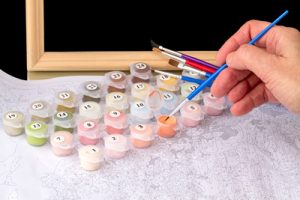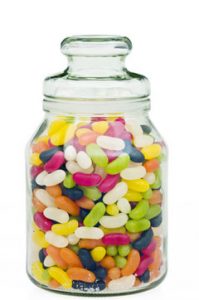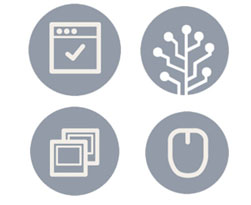
How to Code & Analyze Verbatim Comments
We conduct a lot of quantitative online research, both surveys and unmoderated UX studies. Much of the data we collect in these studies is from closed-ended questions or task-based questions with behavioral data (time, completion, and clicks). But just about any study we conduct also includes some open-ended response questions. Our research team then needs








